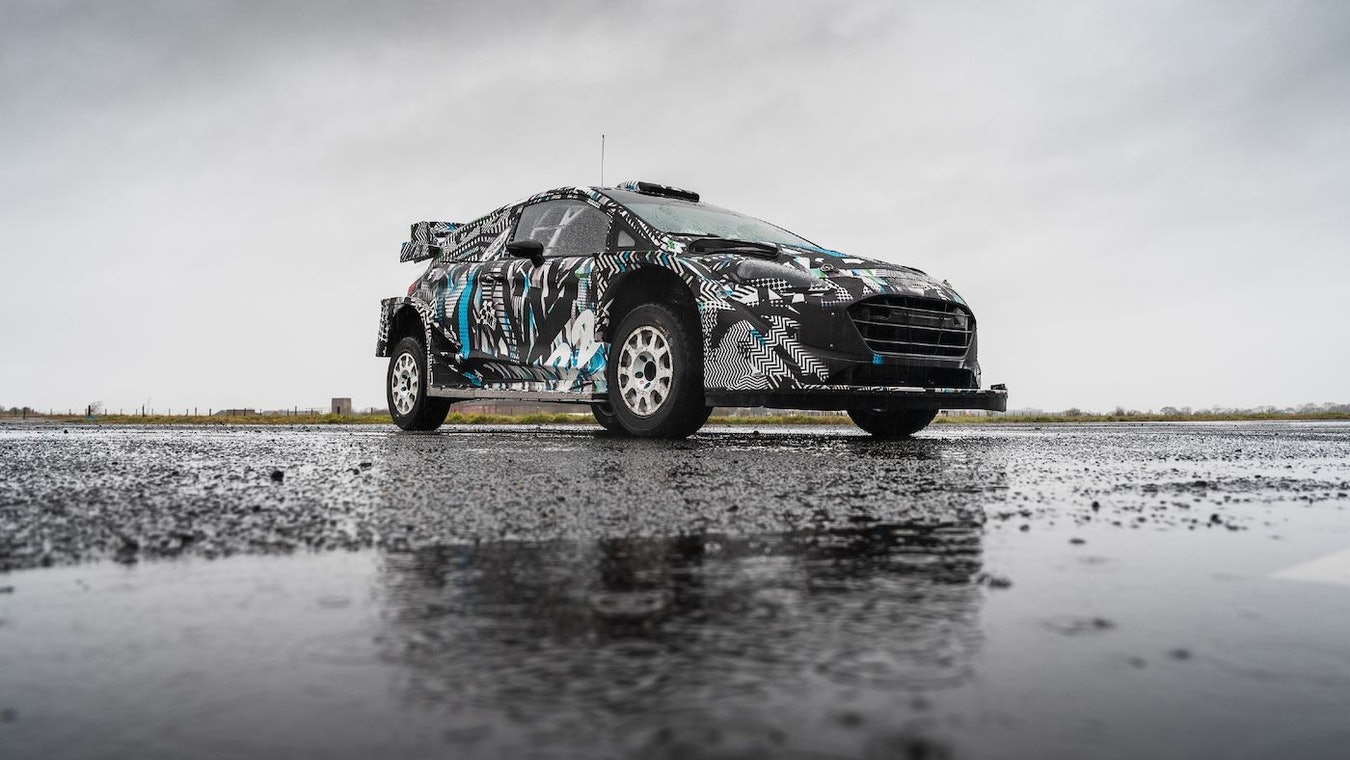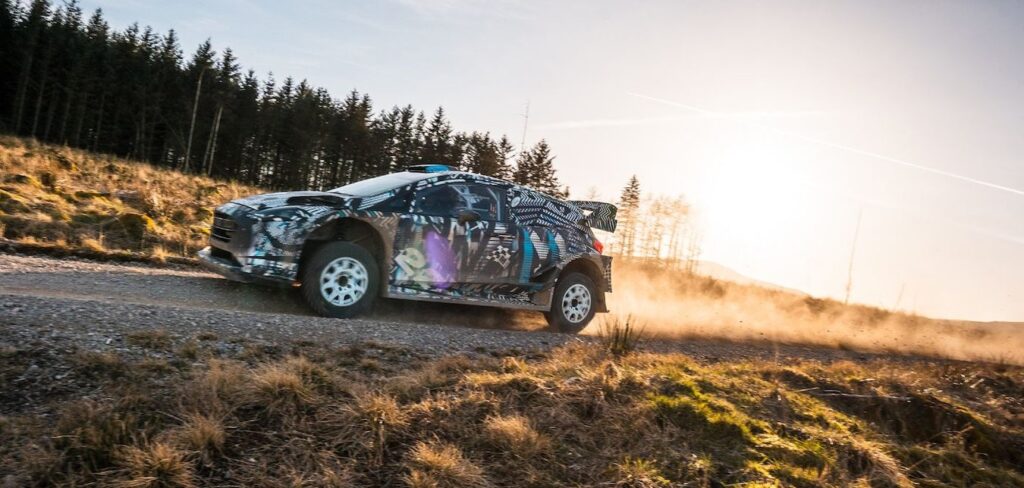Amid murmurings that the three 2022 Rally1 WRC entrants – Toyota, Hyundai and M-Sport – are unhappy with the series’ spec hybrid system development following a recall of their test units to the manufacturer, Compact Dynamics, the FIA has issued a statement on the progress of the 2022 cars.
It highlights that several key milestones had already been reached, not least the supply of development units to teams. However, with only eight months to go until the new cars hit the stages in Monte Carlo, the fact that there clearly remain issues with the new powertrain is a worry for competitors. Although the hybrid system is a self-contained unit, each manufacturer needs to develop its IC engines to work with the system to ensure the driveability and reliability that is so important in rallying.
Yves Matton, FIA rally director, reiterated, “The Rally1 hybrid project is a major landmark in the development of rallying and underlines the FIA’s commitment to sustainability and advanced technology. Of course, any new product that is being developed encounters challenges. During the current test phase, there is strong collaboration between the FIA, the manufacturers and our technical partners. We are working as one to complete tasks that are synonymous with a development cycle of this nature. At present, we are operating an accelerated process due to delivery delays brought about by the effect of the Covid-19 pandemic but with eight months remaining to the start of the 2022 season, we are on course.”
Meanwhile, M-Sport released the first images of a 2022 Rally1 car testing near Barcelona, Spain. However, as with the other manufacturers, it remained tight lipped on the progress of development. It is suspected that the final car will be based on the Puma body shape, with the Fiesta shown here purely a mule car.
However, M-Sport did admit that the car was running its hybrid system, rather than ballast as has been the case up until now, indicating that the recall of parts had not completely halted teams’ test programs. Feedback from test driver Matthew Wilson was that the hybrid system operated as it should and that the boost it provided when deployed was certainly noticeable.




